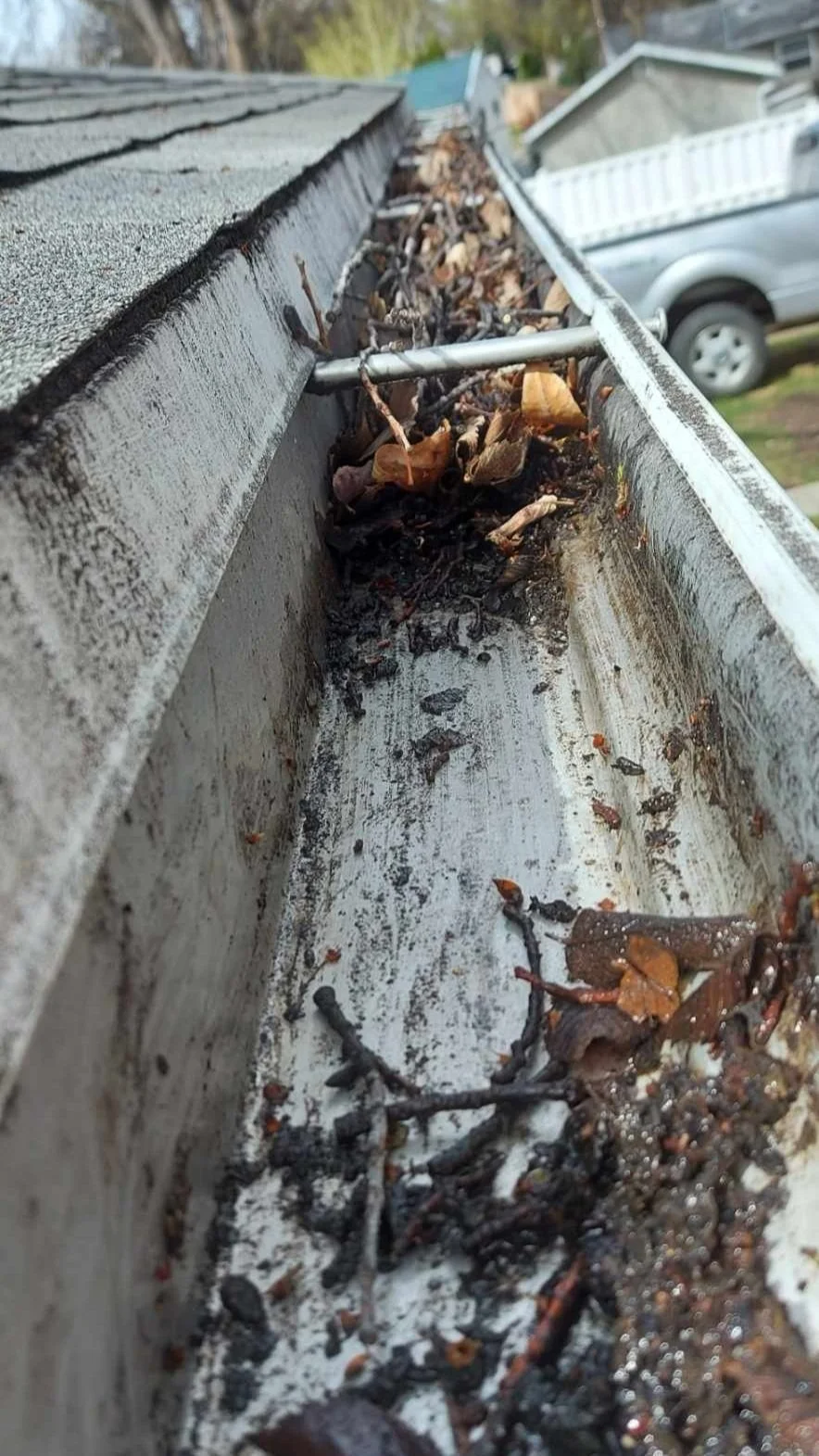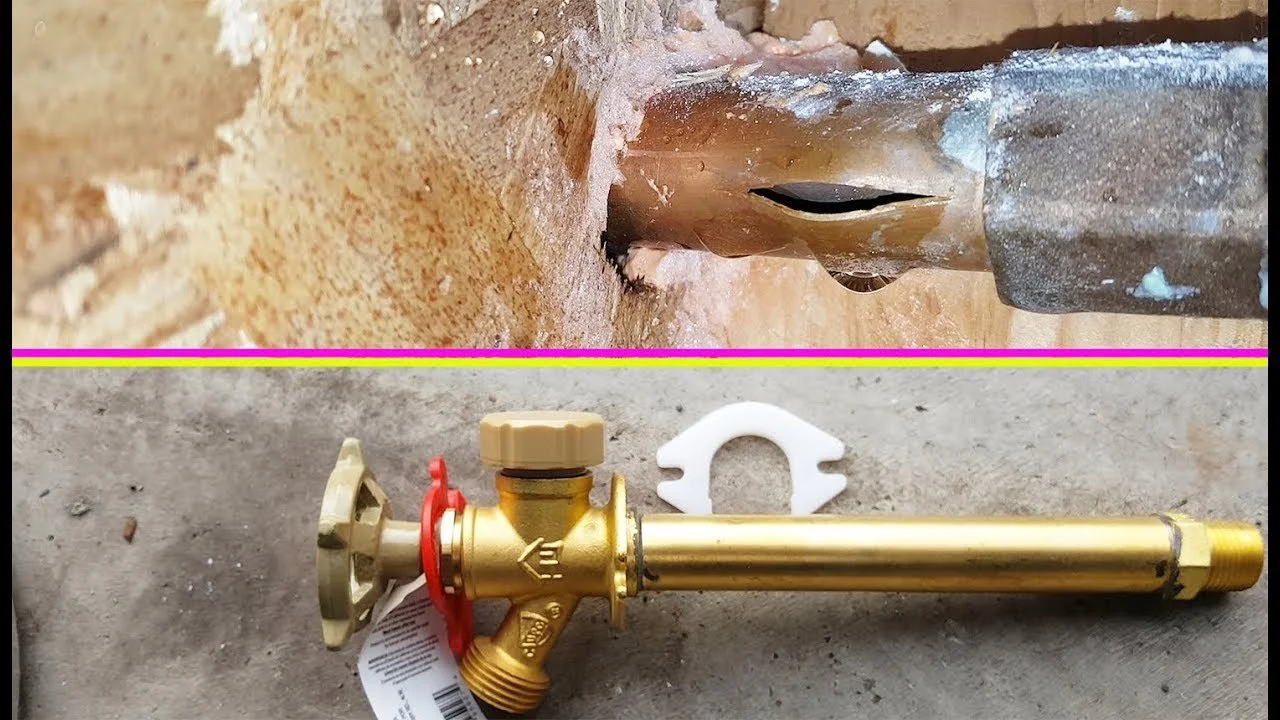3 Fall Clean-Up Tips to Prevent Winter Damage
Gutter Clean out - Fall creates a lot of leaves an falling debris, making sure your gutters are operating as they should is key in a successful winter season
First: Assessing your Gutter
Take a ladder and have a look at what is setting in your gutters - is there standing water caused by downspout blockage, leave, sticks all can cause your gutter to back up.
Second: Removing Debris
Grab a pair of gloves on and start taking the debris out if you use a bucket below it will make cleanup easy. Toss the debris into a bucket to clean out the big sticks and leaves that are blocking the flow.
Third: Pressure Washing
A pressure washer works best to really get all the sediment and sludge out of the base of the gutters. If you only have a garden hose, that will work too. Just make sure to get a powerful attachment to force the water through the gutter.
Fourth: Gutter Attachment
Ensuring sure that the gutters are properly attached and darning away from the foundation of your home or garage is the final step. You can do this by visually assessing them or by covering the downspout outlet and see how the water sets in the gutters. Some questions you may want to ask yourself include, ‘are the gutters leaking?’ or ‘is the water flowing the right direction?’.
Remove your Garden Hose Before Winter - If you do not remove your hose you may face a flooded basement come the spring of the year
The water inside the garden hose will start to freeze when the temperatures drop, creating a block of ice at the base of the spigot.
The pressure builds up in between the interior shut off, which is typically 6” in from the exterior of the house. This will hold air and, with the buildup of ice, the pressure can cause the pipe to burst.
This is something that you will not notice until the next time you turn your spigot on.
Make Sure Your Attic is Properly Vented
Did you know your attic needs to breathe?
The airflow in your attic is what can protect you from a leaking ceiling.
Condensation can build up in your attic if you do not have enough airflow or if you have hot spots leaking warm air into your attic.
The Diagram below shows how your attic should work properly to avoid and unnecessary condensation.



